Identity Theft Protection: 8 Essential Tips to Keep Your Information Safe
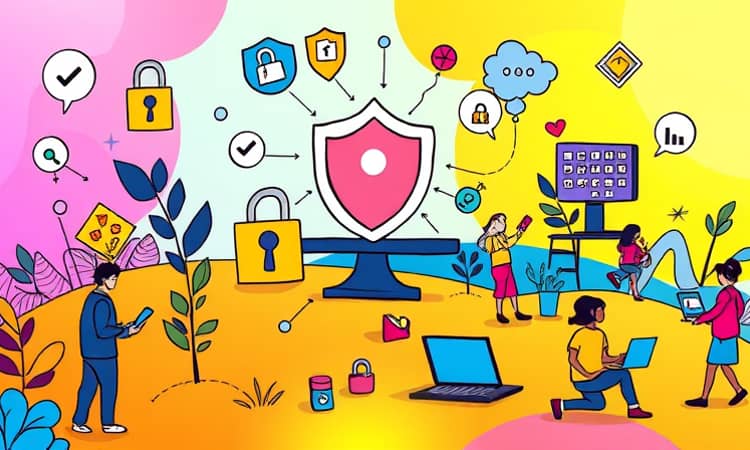
In today's digital age, the threat of identity theft looms larger than ever. Each year, millions of Americans fall victim to this crime, resulting in financial loss and significant damage to personal reputations. As our lives become increasingly reliant on technology, protecting our personal information should be a priority for everyone.
To help safeguard your sensitive data, here are eight essential tips you can implement to reduce the risk of identity theft. By following these precautions, you can ensure that your information remains secure and minimize vulnerabilities in your online and offline activities.
Whether it involves managing your passwords, leveraging modern technology, or being aware of potential risks, staying informed is key to protecting against identity theft. Let's dive into these critical strategies.
1. Use Strong, Unique Passwords
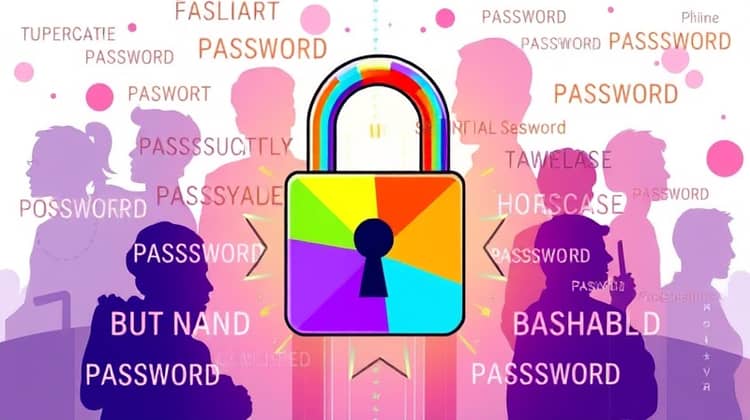
One of the simplest ways to protect yourself online is by utilizing strong and unique passwords for each of your accounts. Avoid using easily guessable information such as birthdays, names, or common words. Instead, aim for a combination of uppercase and lowercase letters, numbers, and special characters that make your passwords hard to crack.
Moreover, many individuals tend to reuse passwords across multiple platforms, which is a dangerous practice. If a hacker gains access to one account, they can potentially compromise all other accounts where the same password is used.
- Create passwords that are at least 12 characters long.
- Use a mix of letters, numbers, and symbols in your passwords.
- Consider using a password manager to store and generate unique passwords.
Adopting strong, unique passwords is your first line of defense against unauthorized access to your accounts. Taking the time to do this will significantly improve your online security.
2. Enable Two-Factor Authentication
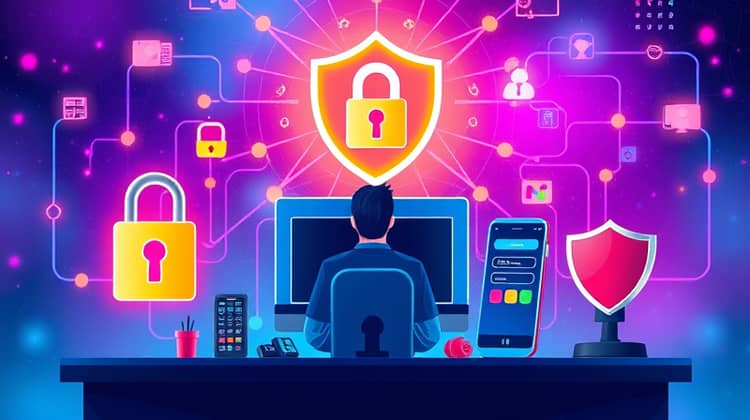
Two-factor authentication (2FA) adds an additional layer of security to your accounts. It requires not just your password but also a second verification step such as a text message or authentication app to confirm your identity.
By enabling 2FA, even if a cybercriminal acquires your password, they will still be unable to access your account without the second form of verification. This greatly reduces the risk of unauthorized access.
- Enable 2FA on all financial and personal accounts where it's available.
- Use authentication apps like Google Authenticator for added security.
- Be cautious of SMS-based codes, as they can be intercepted.
Enabling two-factor authentication is a straightforward yet effective way to bolster your online defenses and significantly reduces the chances of falling victim to identity theft.
3. Be Wary of Phishing Attempts

Phishing is a common tactic used by identity thieves to trick individuals into providing sensitive information. They often pose as legitimate organizations, sending emails or messages that appear authentic but are designed to capture your personal details.
It's essential to be vigilant and proactive in identifying phishing attempts. Always scrutinize emails or messages that request personal or financial information.
- Look for misspellings or grammatical errors in emails.
- Never click on suspicious links or download attachments unless you are sure of the source.
- If in doubt, contact the organization directly using verified contact information.
Being cautious and informed about phishing can help you navigate potential threats and protect your personal information from being compromised.
4. Monitor Your Financial Accounts
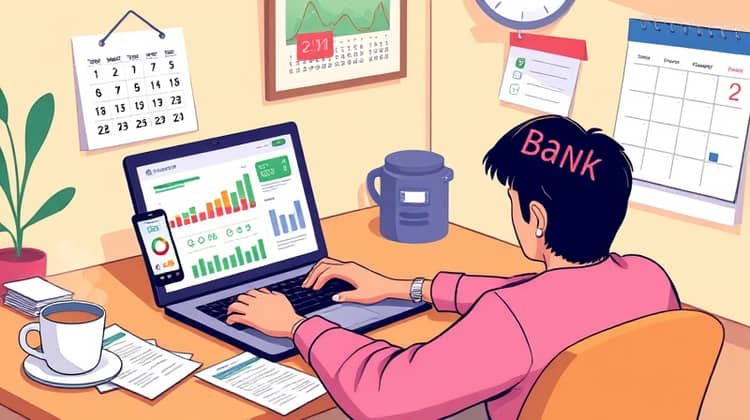
Regularly monitoring your financial accounts is crucial to spotting unauthorized transactions early. By checking your bank and credit card statements frequently, you will be able to identify any suspicious activity that may indicate identity theft.
Setting up alerts for transactions can also help you stay informed about activity in your accounts and provide added peace of mind.
- Check financial statements at least once a month.
- Set up transaction alerts to notify you of unusual activity.
- Review your credit report annually to check for inaccuracies or signs of fraud.
Being proactive in monitoring your accounts allows you to react quickly if any unauthorized actions occur, minimizing potential damage and loss.
5. Secure Your Mobile Devices
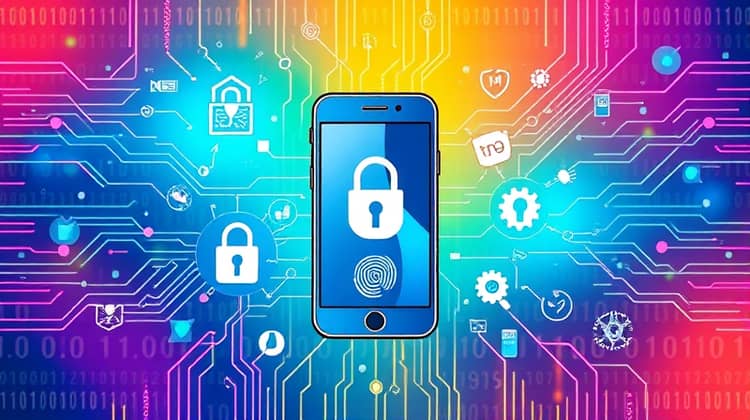
In today’s mobile-obsessed world, securing your mobile devices is essential. Smartphones hold a vast amount of personal information, making them prime targets for thieves and hackers.
Utilizing security features such as passcodes, fingerprint recognition, and biometric authentication can help thwart unauthorized access to your device.
- Use strong passwords or biometric security features on your devices.
- Keep your device’s operating system and applications up-to-date.
- Download apps only from reputable sources to avoid malware.
By securing your mobile devices, you reduce the risk of personal data exposure, making it more challenging for identity thieves to access your information.
6. Be Careful with Social Media

Social media platforms can be a treasure trove for identity thieves if users aren’t careful about what they share. It's essential to be mindful of the information you disclose and who can access it.
Adjusting your privacy settings to limit who can see your posts and personal information can help protect you from prying eyes and potential threats.
- Limit the personal information you post publicly.
- Adjust privacy settings to restrict who can view your information.
- Think twice before adding strangers as friends or connections.
Being cautious about social media interactions can help you protect your personal data from being used maliciously.
7. Shred Sensitive Documents

Identity thieves aren't just tech-savvy; they often resort to traditional methods, such as stealing paper documents. Important documents containing personal information should never simply be thrown away.
Utilizing a shredder to destroy sensitive documents like bank statements, tax returns, and credit card offers can significantly decrease the chances of your information being compromised.
- Invest in a good quality shredder to securely dispose of documents.
- Shred all documents that contain personal identifying information.
- Shred old credit cards before disposing of them.
Taking the time to shred sensitive documents is a crucial step in protecting your identity and personal information from theft.
8. Use Identity Theft Protection Services
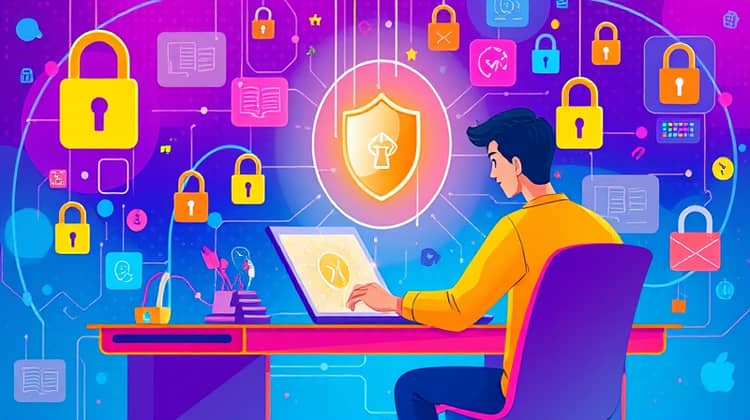
With the rise in identity theft incidents, many individuals are turning to identity theft protection services to safeguard their personal information. These services monitor your information and alert you of potential breaches or unauthorized activity.
Investing in such a service may provide an extra layer of security and peace of mind, especially if you are concerned about your exposure to identity theft.
- Choose a reputable identity theft protection service that suits your individual needs.
- Look for services that offer credit monitoring and identity restoration assistance.
- Review the service's terms and conditions to understand its limitations.
Using identity theft protection services can act as an additional shield for your personal information, ensuring that you are promptly alerted to any suspicious activity.
Stay Vigilant and Informed
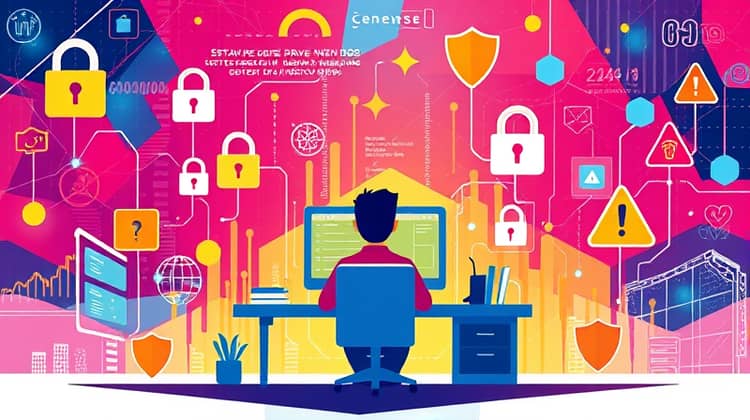
The world of cyber threats is constantly evolving, making it crucial to stay abreast of the latest trends and tactics used by identity thieves. By educating yourself, you can better defend against potential attacks and protect your personal information.
Regularly reviewing the ways you protect your identity and adapting your strategies accordingly is an ongoing process that will help keep you safe in the long run.






